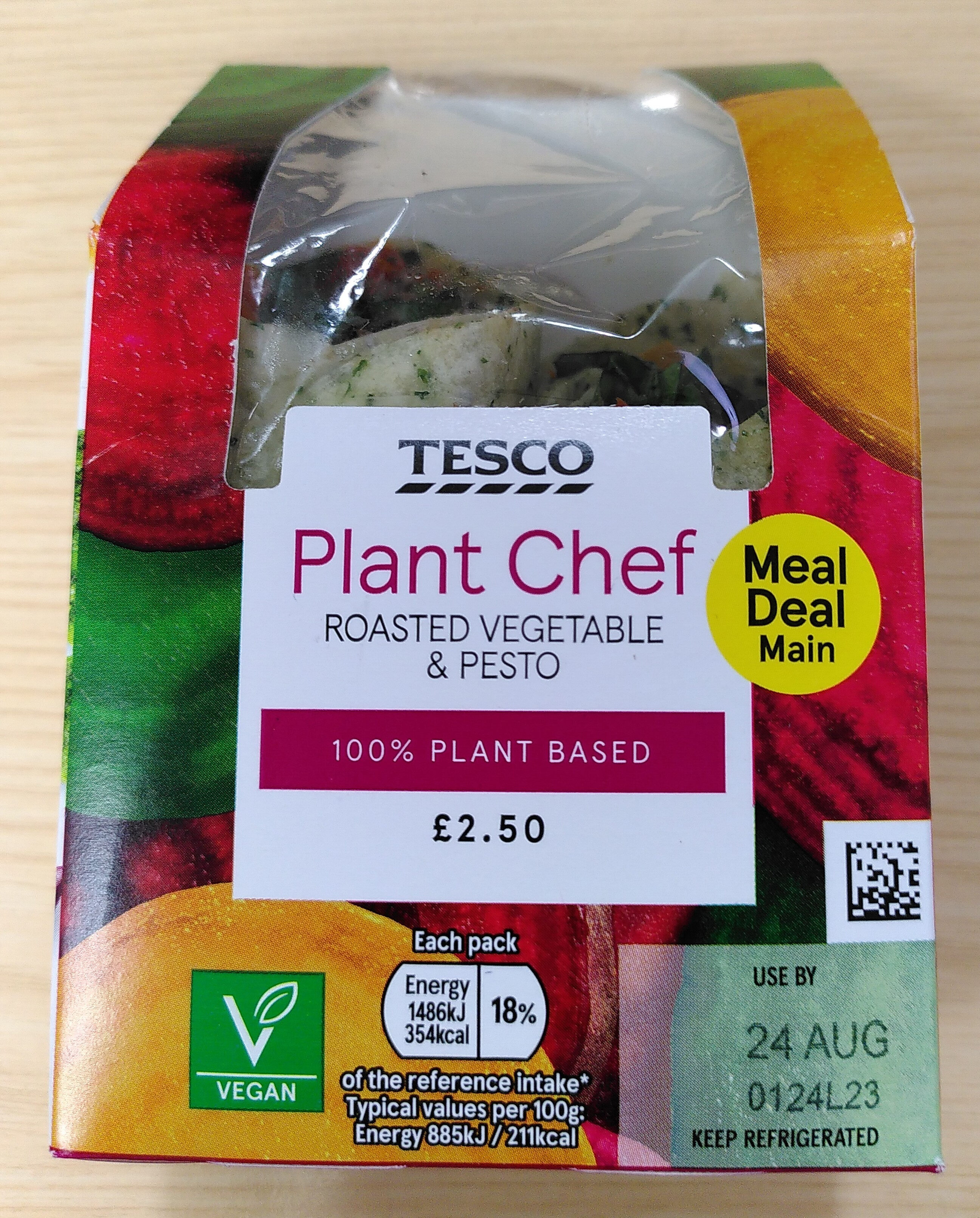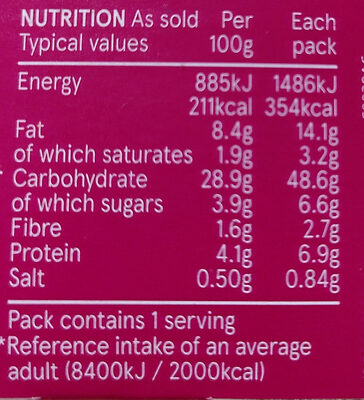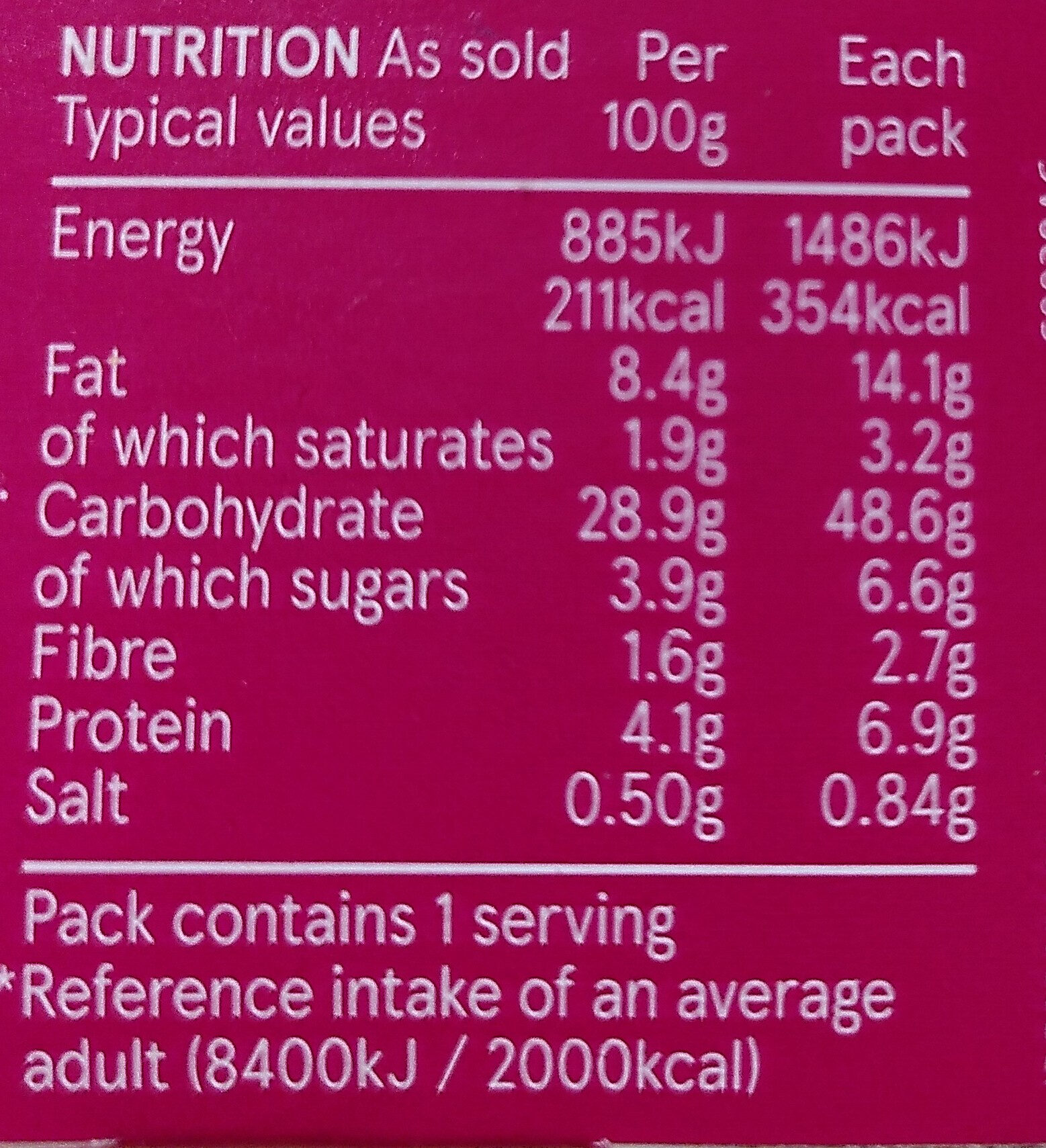Tesco Plant Chef Roasted Vegetable & Pesto Wrap - 168 g
Aquesta pàgina del producte no està completa. Podeu ajudar a completar-la editant-la i afegint-hi més dades a partir de les fotos ja disponibles, o fent-ne més amb l'aplicació de androide o iPhone / iPad. Gràcies!
×
Codi de barres: 5057753911904 (EAN / EAN-13)
Quantitat: 168 g
Empaquetament: en:Unknown, en:card-box, en:ldpe-film
Marques: Tesco
Categories: Sanvitxos
Etiquetes, certificacions, premis: Vegetarià, Vegà
Botigues: Tesco
Països on es va vendre: Espanya, Regne Unit
Matching with your preferences
Entorn
Empaquetament
Transport
Espècies amenaçades
Report a problem
Fonts de dades
Producte afegit per kiliweb
Última modificació de la pàgina del producte per rendyg.
La pàgina del producte, també editada per gm2uf, openfoodfacts-contributors, packbot, roboto-app, swipe-studio, yuka.Zlk0QU5KWXJ2ZG9OaThBNXdDTG40OTlzNDRldmIyeVpOTVVCSVE9PQ.
Si les dades són incorrectes o incompletes, pot completar o corregir editant aquesta pàgina.










